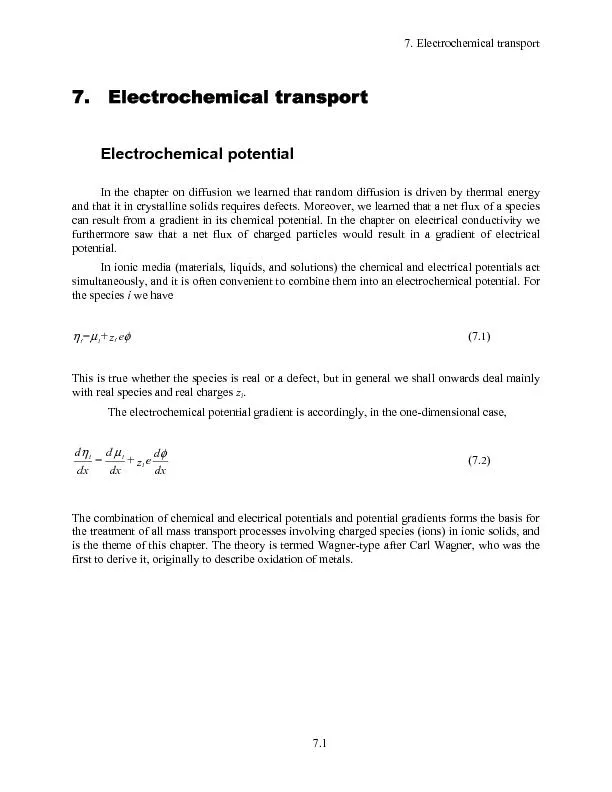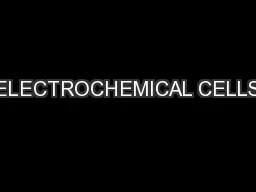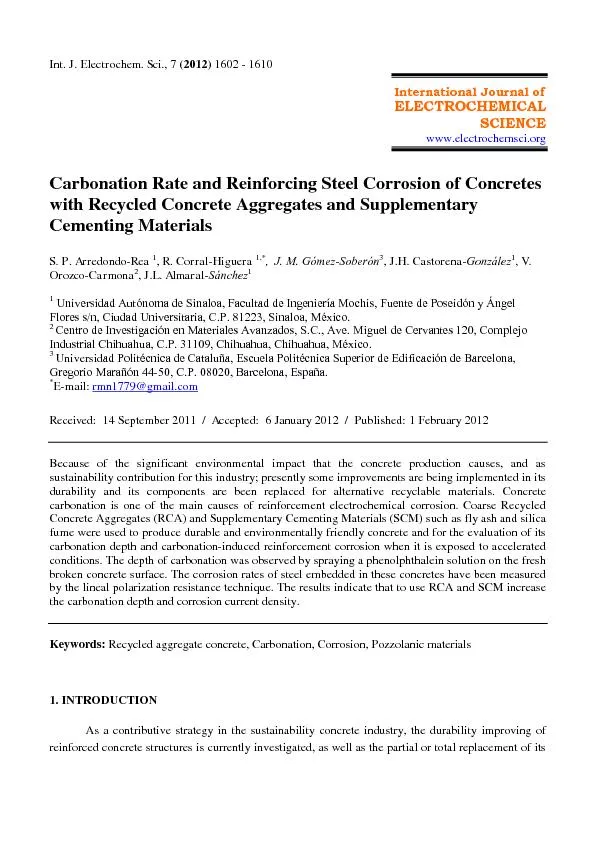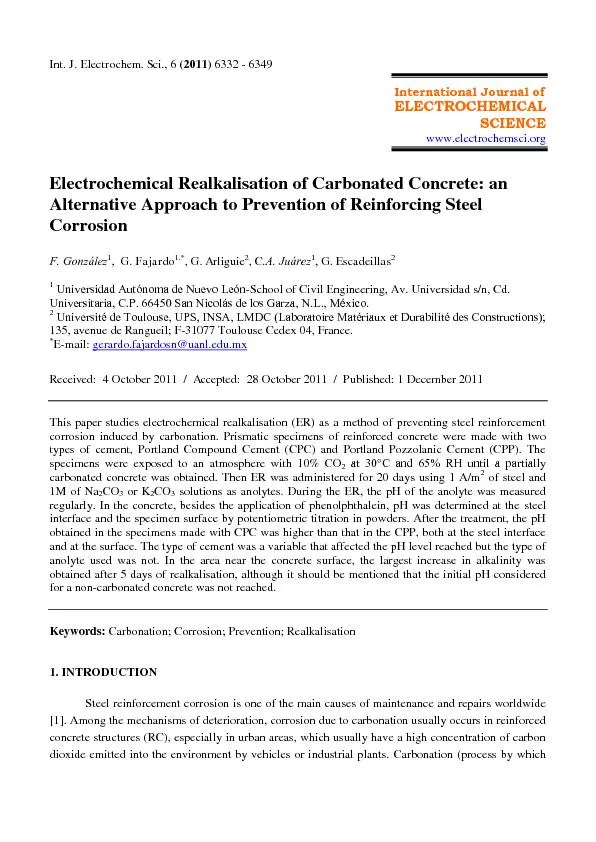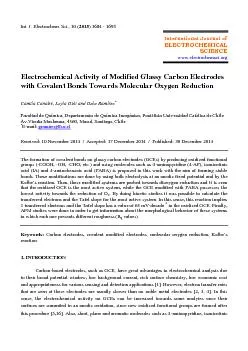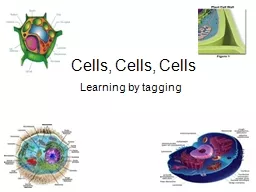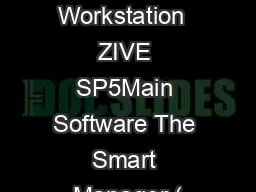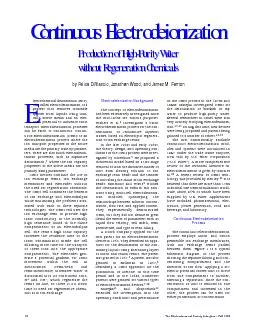PPT-Electrochemical Cells
Author : debby-jeon | Published Date : 2016-04-03
Reference Glencoe Chemistry Chapter 20 Electrochemical Cells Todays objectives Define anode cathode anion cation salt bridgeporous cup electrolyte and voltaic
Presentation Embed Code
Download Presentation
Download Presentation The PPT/PDF document "Electrochemical Cells" is the property of its rightful owner. Permission is granted to download and print the materials on this website for personal, non-commercial use only, and to display it on your personal computer provided you do not modify the materials and that you retain all copyright notices contained in the materials. By downloading content from our website, you accept the terms of this agreement.
Electrochemical Cells: Transcript
Download Rules Of Document
"Electrochemical Cells"The content belongs to its owner. You may download and print it for personal use, without modification, and keep all copyright notices. By downloading, you agree to these terms.
Related Documents


